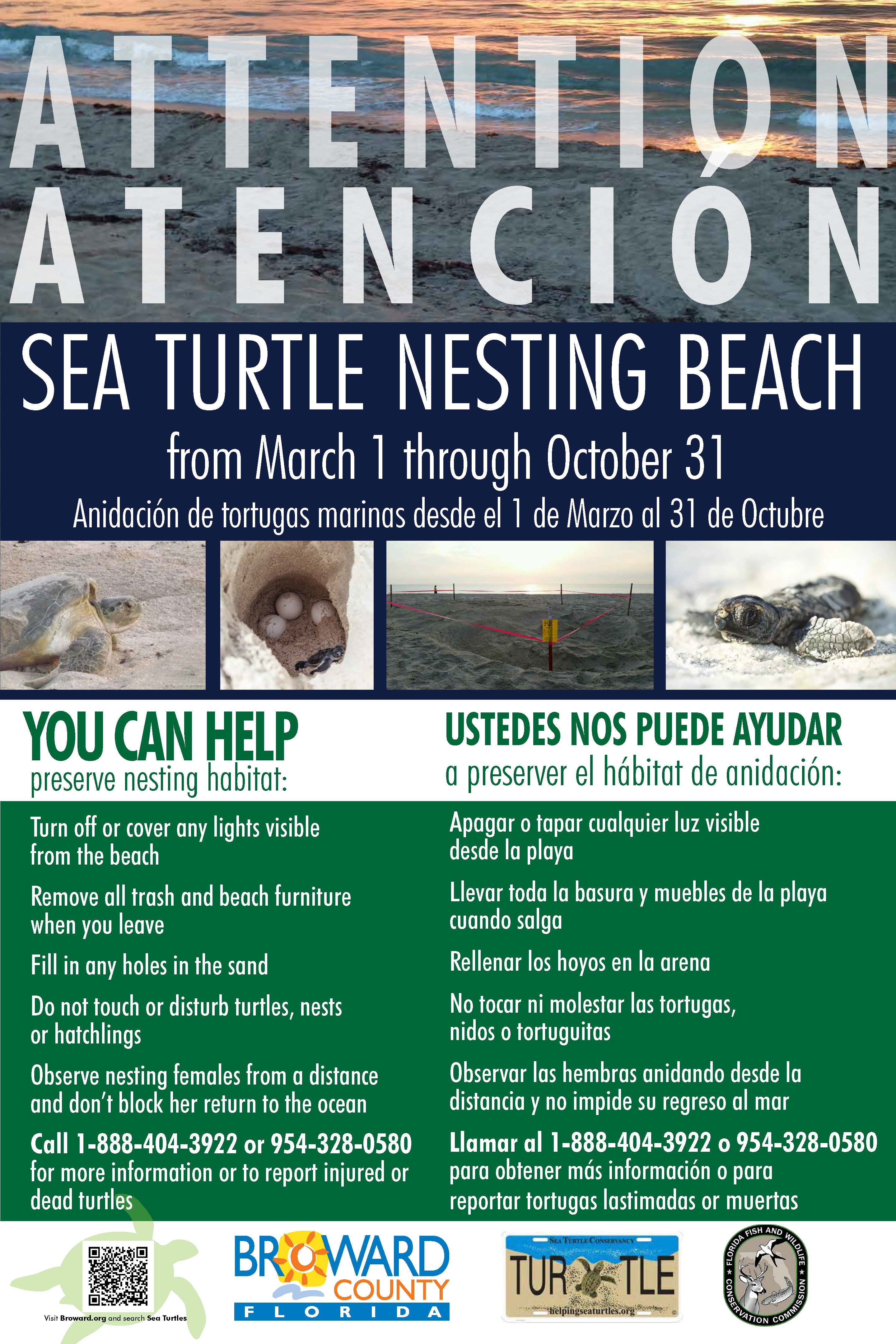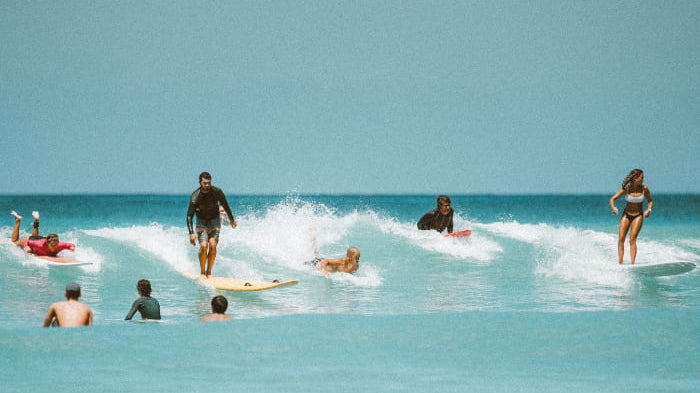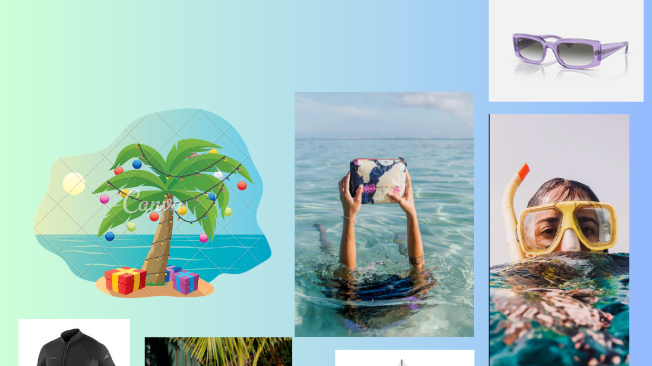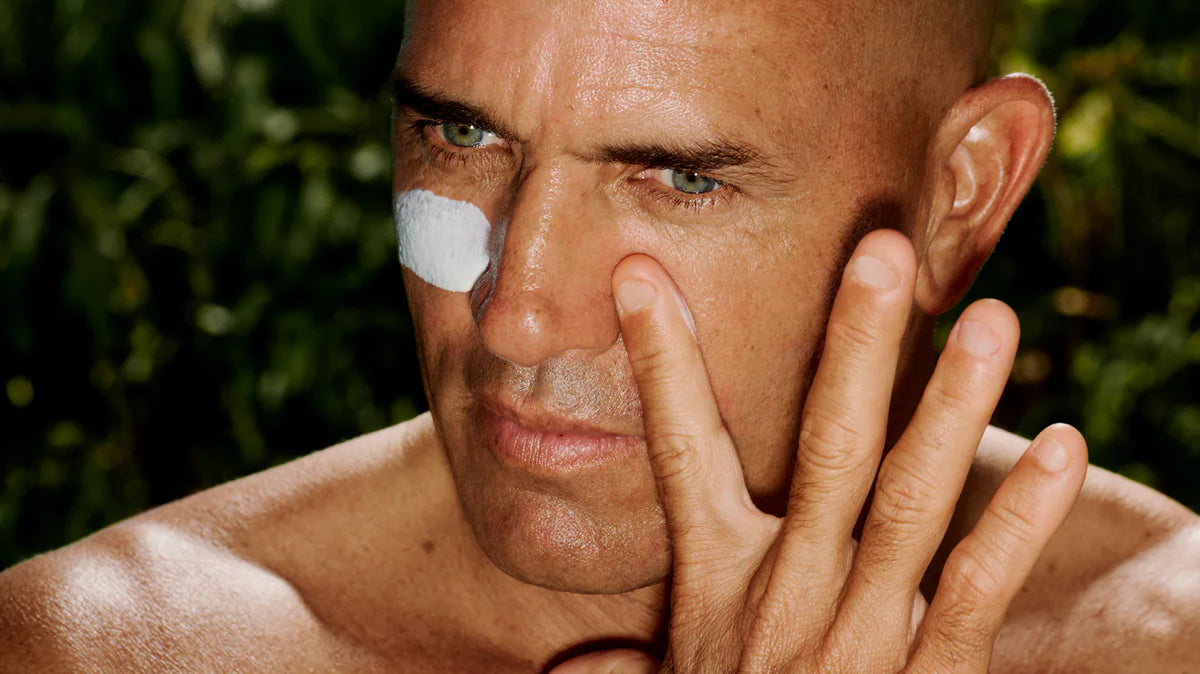Did you know that sea turtles, according to scientists, are one of the planet’s most ancient creatures? Today, only seven different species of sea turtles live throughout the world. And, everyone is classified as either threatened or endangered. Our local waters are called home to three of these seven species and has been vital in restoring the populations that were depleting. In fact, for the last two years turtle nesting and survival rates have been rising at a rapid rate.
The loggerhead sea turtle, green sea turtle, and leatherback sea turtle nest on Broward County’s beaches. The peak portion of nesting takes place May-August. Loggerhead turtles account for over 90% of all sea turtle nests in Broward County. Our beaches are the most important nesting area in the world for Loggerheads. Green turtle nesting, however, is on the rise.
SEA TURTLE NESTING
If undisturbed, a female sea turtle will emerge from the ocean and crawl up the beach. They then dig a hole or an egg chamber cavity. In this hole thy will leave around 100 golf-ball size eggs (for loggerheads). The female will then use her back flippers to gently cover the eggs with sand in order to hide her nest. The mother then walks back to the water, never to meet her young.A female turtle can nest several times a season but then may not nest again for another 2 – 3 years.
HATCHLINGS
Once the eggs are laid, it takes 48-55 days for the babies to hatch. Here in Broward and Palm Beach, nests that are at risk of human impact are relocated to a safer area of the beach or outfitted with a cage. Once the turtle hatch, the babies emerge from the nest and quickly migrate to the water’s edge. If artificial lights are illuminating the beach, the hatchlings will sometimes get disoriented, travel in the wrong direction, waste energy and possibly never make it to the water (see our lighting tip for more information).
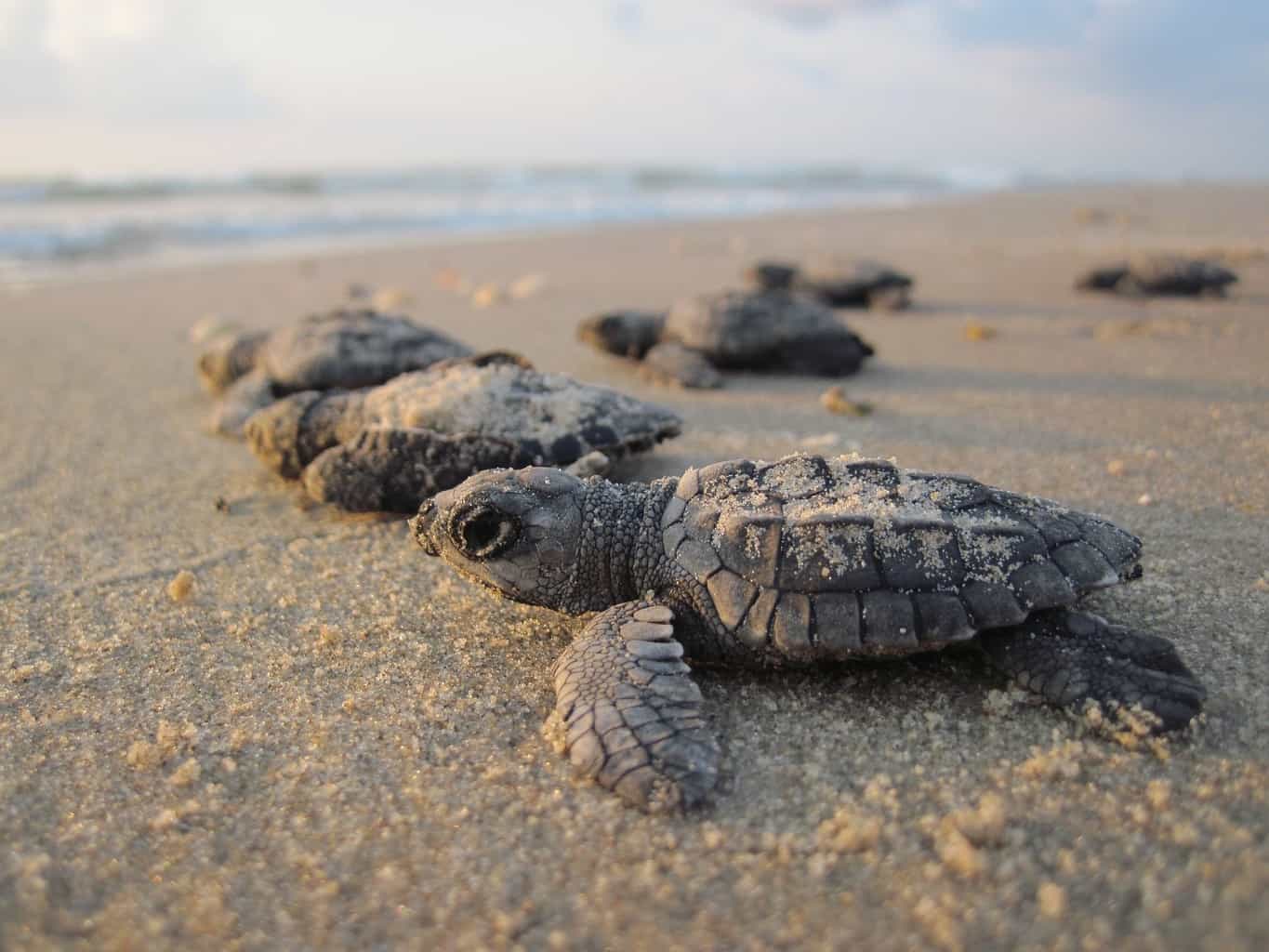
(Image: Sea Turtle Rescue Florida | How to See and Help Baby Sea Turtles Hatch )
These babies then look for seaweed patches to use as shelter and a food source. Most of these seaweed patches can be found floating in the Gulf Stream current. This warm current is just off the South Florida coast. It is part of the North Atlantic Gyre that flows clockwise up the U.S. coast and eventually past the Azores. After 20 years or so of exploring, the female turtles will return to the beach in which they first hatched to lay their eggs!
DID YOU KNOW? THE TEMPERATURE OF THE SAND DETERMINES THE SEX OF THE SEA TURTLE. MALES DEVELOP IN THE BOTTOM OF THE NEST, WHERE IT IS COOLER, AND FEMALES DEVELOP AT THE TOP OF THE NEST, WHERE IT IS HOTTER.
6 WAYS YOU CAN PROTECT SEA TURTLES

Help us protect sea turtles with these great tips
Sea turtle populations have been hurt by things like artificial lighting, plastic and marine debris, beach erosion and coastal armoring, and commercial fishing. Their numbers are also affected by the illegal sea turtle shell trade, oil spills, harvest for consumption, marine pollution, beach activities, and climate change. They also face natural pressures like predators. We can do our best to protect turtles by doing our part.
-
Turn off or cover any lights visible from the beach
- Lighting can cause a mother to get disoriented. She may lay her eggs in a sub-optimal spots or even deposit her eggs directly into the ocean. Hatchlings may also be affected by lights. As they scurry out of the sand, instinct tells them to go toward the brightest light. In nature the brightest lights were the reflections of moonlight and stars on the ocean. But, today artificial lights from restaurants, hotels and streets draw them inland. Often baby turtles end up exhausted and trapped in sewers or impacted by other manmade structures.
- If you can see the beach from your window, that means a sea turtles can see your lights from the beach. If you live near the ocean, be sure to close your blinds at night. Make sure your lights do not disorient our local sea turtles.
- Also, remember certain lights are ok. Sea turtles cannot see long wavelength lights, which include red, amber and orange lights. These lights are considered to be sea turtle friendly. If you find yourself on the beach at night, please do not use a flashlight or find a flashlight with one of these red, amber or orange hues. A normal flashlight can frighten nesting females away from the beach.

Turtle Tip: Use red lighting near the beach. Regular fluorescent lighting mimics the light of the moon for turtles and directs them away from the water.
-
Remove all trash and beach furniture when you leave
- With an estimated 100 million tons of plastic in oceans around the world, we need to make a change. Did you know that 60 billion pounds of plastic will be produced in this year alone? Every plastic bag, bottle, balloon, degraded buoys, straws, etc. can contribute to future ocean pollution. Too many sea turtles have been killed by consuming plastic debris.Since plastic bags closely resemble jellyfish when floating in the ocean, many marine animals get plastics trapped in their stomachs. Jellyfish just happen to be one of the leatherbacks favorite snacks.

Turtle Tip: Help keep our ocean free of plastic and prevent injuring or killing our sea turtles. When possible, use canvas reusable bags. Recycle plastic bags and do not bring them to the beach. When at your local beach, help clean up. Grab a few items to bring to the garbage cans every time you head up the sand.
- The beach furniture and other recreational equipment (e.g. cabanas, umbrellas, and small boats) can reduce nesting success. It deters a a nesting mother and creates obstacle on the beach. Bring in your beach items at night during turtle season. It can significantly increase our local turtle population.
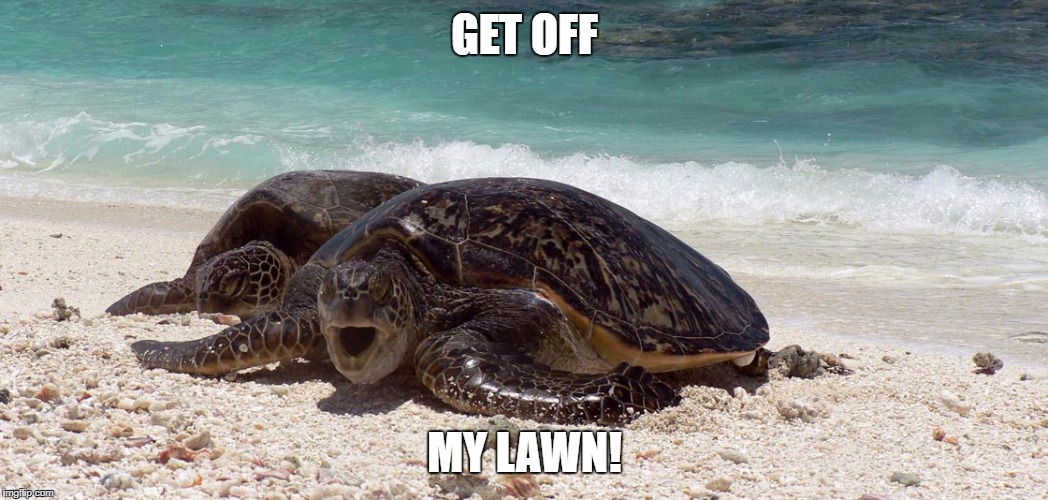
Turtle Tip: Beach furniture should be removed from the beach at night.
- With an estimated 100 million tons of plastic in oceans around the world, we need to make a change. Did you know that 60 billion pounds of plastic will be produced in this year alone? Every plastic bag, bottle, balloon, degraded buoys, straws, etc. can contribute to future ocean pollution. Too many sea turtles have been killed by consuming plastic debris.Since plastic bags closely resemble jellyfish when floating in the ocean, many marine animals get plastics trapped in their stomachs. Jellyfish just happen to be one of the leatherbacks favorite snacks.
-
Fill in any holes in the sand
- A hole in the sand can extend the time it takes a hatchling to reach the ocean. This makes babies more susceptible to predation or exhaustion. If the hole is big enough it can even entangle or trap a hatchling or mother turtle. So fill in those holes before you leave the beach.

Turtle Tips: Help fill in holes left on the beach to allow for better nesting conditions.
- A hole in the sand can extend the time it takes a hatchling to reach the ocean. This makes babies more susceptible to predation or exhaustion. If the hole is big enough it can even entangle or trap a hatchling or mother turtle. So fill in those holes before you leave the beach.
-
Do not touch or disturb turtles, nests or hatchlings
- It is against the law to touch or disturb nesting sea turtles, nests, and hatchlings. They are protected by both the Federal Endangered Species Act and the Florida Marine Protection Act. Violators could potentially face fines and jail time. So keep your hands to yourself.

WARNING! Do not touch turtles, eggs or hatchlings.
- It is against the law to touch or disturb nesting sea turtles, nests, and hatchlings. They are protected by both the Federal Endangered Species Act and the Florida Marine Protection Act. Violators could potentially face fines and jail time. So keep your hands to yourself.
-
Observe nesting females from a distance and don’t block her return to the ocean
- It is very exciting to see a turtle on the beach! But give them their space. Privacy helps females to safely and successfully lay their eggs. Keep your distance and avoiding shining lights or taking flash photos of the nesting sea turtles.

Turtle Tip: Give female turtles enough space and privacy to lay their eggs.
-
Did you know? Nesting females almost always return to their natal beach. They use the Earth’s magnetic fields to navigate their way back. If you see a nesting female come ashore, please give her 50 feet of space, don’t follow her into the water, and don’t shine any lights on her.
Turtle Tip: Make sure you do not disturb female turtles as they head up the beach to lay eggs or as they return to the sea. Stay a minimum of 50 feet away as you observe them and do not use a flashlight.
- It is very exciting to see a turtle on the beach! But give them their space. Privacy helps females to safely and successfully lay their eggs. Keep your distance and avoiding shining lights or taking flash photos of the nesting sea turtles.
-
Call 1-888-404-3922 or 954-328-0580 for more information or to report injured or dead turtles
- Broward County supports a conservation program that will respond to any sea turtle emergency. The numbers provided above are monitored annually on a 24 hour basis.
- If you observe an adult sea turtle or hatchling on the beach, please adhere to the following rules and guidelines:
- It is normal for sea turtles to be crawling on the beach on summer nights. DO NOT report crawling or nesting (digging or laying eggs) activity on the published SEA TURTLE EMERGENCY LINE unless the animal is in a dangerous situation (on a road, in a parking lot, etc. or has wandered well off the beach).
- Stay far away from crawling or nesting sea turtles. Although the urge to observe closely will be great, please resist the urge. Nesting is a critical stage in the loggerhead turtle turtle’s life cycle. Please leave them undisturbed.
- DO REPORT all stranded (dead, injured, or apparently healthy) turtles to the SEA TURTLE EMERGENCY LINE. Report all turtles that have not moved for 30 minutes or longer.
- Never handle hatchling sea turtles. If you observe hatchlings wandering away from the ocean or on the beach, call the SEA TURTLE EMERGENCY LINE immediately.
Turtle Tip: It is normal for sea turtles to be crawling on the beach on summer nights. DO NOT report crawling or nesting.
BROWARD COUNTY SEA TURTLE EMERGENCY HOTLINE IS 954-328-0580
Read more facts about our local turtles and local turtle walks here.
